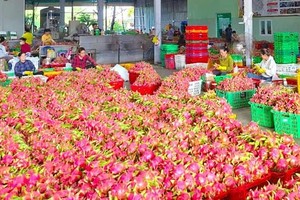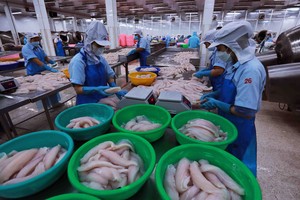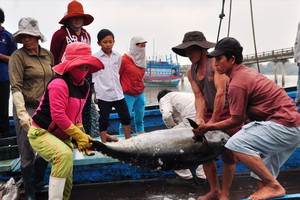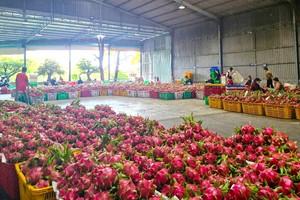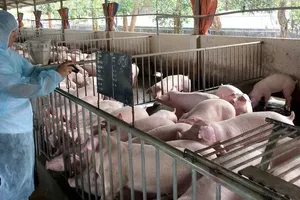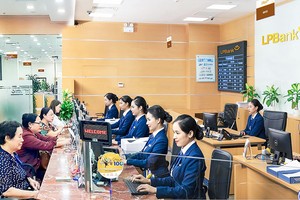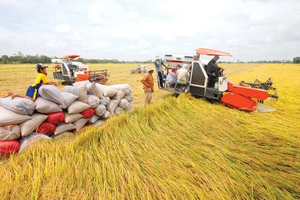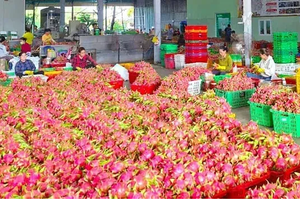Twenty-seven-year-old Le Danh Hoang, director of the Hoang Yen Birdnest Company, has created a name for himself by pioneering the art of indoor bird breeding in Vietnam.
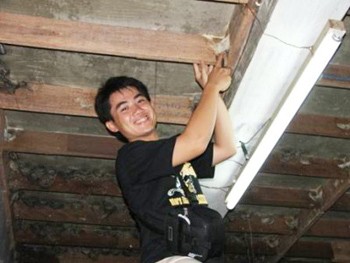
Following his dream of raising birds to produce highly valuable nests, Hoang has succeeded thanks to his insatiable drive and passion for birds.
Originally from the north, Hoang came to Ho Chi Minh City to study at the Foreign Trade University after graduating high school. During his time at university, Hoang guided a delegation of Indonesian businessmen who had come to HCMC to participate in the International Furniture and Handicraft Fair in 2004 (Expo 2004).
The fair’s management board tasked Hoang with helping the Indonesian men to seek partners to breed a type of local bird known as a salangane. The birds’ white or pink nests, made with their own saliva, are highly sought after in the East for use in special delicacies.
Harvesting the nests, however, is difficult, dangerous work.
Salanganes nest mainly on high, rocky cliffs, making collection of the nests extremely treacherous. However, it was discovered that with the right conditions, the birds could be bred indoors.
After just a few days of working with the Indonesian experts, Hoang had learned a considerable amount about the birds’ nesting habits, what they eat, and how to breed them indoors.
At the time, however, there was only a small number of other people who were knowledgeable about the practice. It was then that Hoang began dreaming about making a career out of breeding salanganes to harvest and sell their valuable nests.
At the end of the fair, Hoang refused tip money offered to him from the Indonesians and instead asked for more information on breeding salanganes.
The young student’s family then gave him enough money to go to Indonesia, Thailand and Hong Kong to learn about indoor bird-breeding technologies.
Hoang said he learned that there are hundreds of salangane-type birds globally, but only certain ones can be bred indoors. In addition, just four types of the birds’ nests are edible.
To attract birds indoors, breeders must determine what direction they favor flying and build birdhouses with a door facing the same direction. A house measuring at least 200 square meters is needed, which costs around VND400 million (US$22,000).
In addition, small loudspeakers must be installed which emit a salangane bird call to lure the species inside.
Once the houses are set up, breeders do not need to spend much time caring for the birds as they are self-sufficient and find food on their own, usually insects.
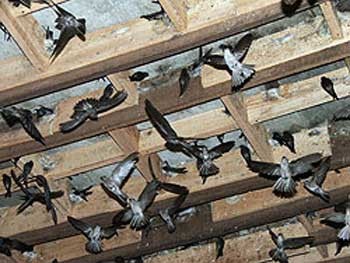
According to experts in Hong Kong, the quality of indoor bird nests is the same as those built outdoors. Moreover, birds raised indoors usually make nests four times a year while outdoor birds usually build just one or two.
In 2007, Hoang built his first birdhouse in Phan Rang Town, Ninh Thuan Province and eight months later, the number of birds building nests in the house had grown considerably.
Moreover, Hoang began to profit handsomely as one kilogram of a salangane nest could be sold for $1,500-3,000.
After a year, he decided to sell the birdhouse in which he had initially invested VND600 million ($32,000), and received $80,000 for the sale.
Next stop, “bird city”
Two years after establishing his bird-breeding career, Hoang has now built dozens of birdhouses in central and southern areas.
In addition, he has also opened a host of restaurants specializing in providing food made from salangane bird nests in Nha Trang and Ho Chi Minh City.
He says in HCMC, the districts suitable for raising salanganes are 1, 3, 4, 7, 2, 9, Nha Be and Can Gio. Can Gio is especially favorable thanks to its cooler environment and high humidity.
Not yet satisfied, however, Hoang continues to nurture a dream of building a “bird city” in Long Binh Commune, Go Cong Tay District, Tien Giang Province.
In Indonesia, Thailand and Australia, such bird farms have brought farmers many benefits, Hoang said.
To realize his dream, Hoang is coordinating with a Japanese company to seek funding for the project, which aims to build about 100 birdhouses.
In the next two to three years, the entrepreneur hopes Vietnam will have a successful bird city, which will also create jobs for local residents.
